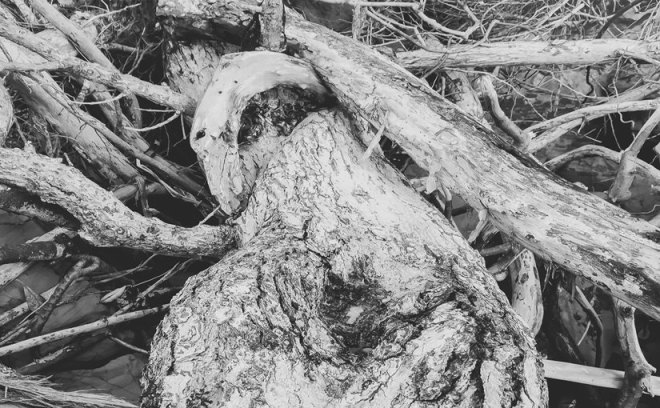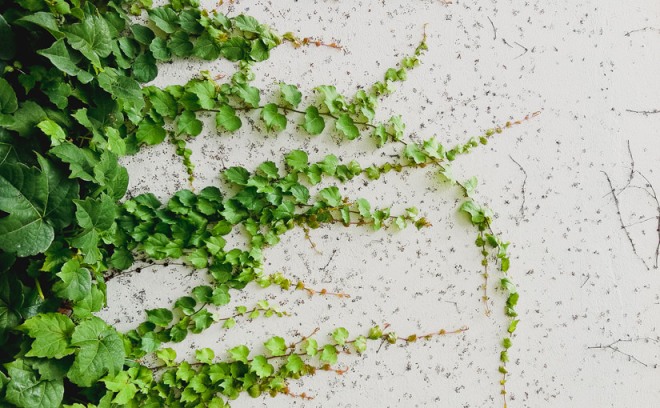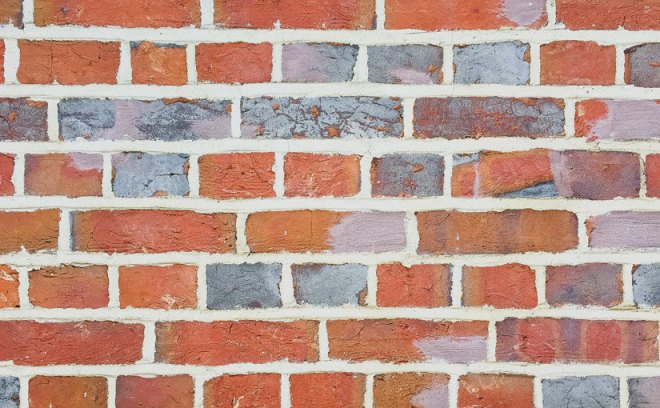
As an artist—whether amateur, hobbyist, professional or master—growth always follows practice. But when most of that growth cannot be seen, measured or quantified, it’s easy to feel discouraged if it feels like minimal growth has taken place. Choosing only to measure your growth by likes, comments, clicks or positive feedback and you miss out on internal markers of growth such as growing confidence, having more peace when making or increased enthusiasm to practice. These are harder to quantify, but will ultimately provide you with more nourishing feedback about your growth and progress. Feelings cannot be turned into data but are far more important than a metric number of likes. Growth IS constantly occurring, in tiny micro increments over time.
Steven Pressfield in The Artist’s Journey offers “the artist has a subject, a voice, a point of view, a medium of expression, and a style… How do we find our own? In my experience the process is neither rational nor logical. It cannot be commanded. It can’t be rushed.” The process is going to take time. In the same way you cannot rush the evolution of a tree, you cannot rush your own as an artist.
Pressfield references James Hillman’s analogy to an acorn in The Soul’s Code: “The totality of the full-grown oak is contained—every leaf and every branch—already within the acorn.” You have everything you need inside your. Practice making art and over time, more of your creative tree will be revealed. This is a slow evolution, but one that rewards along the journey.







